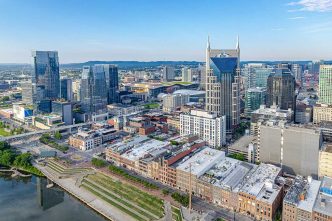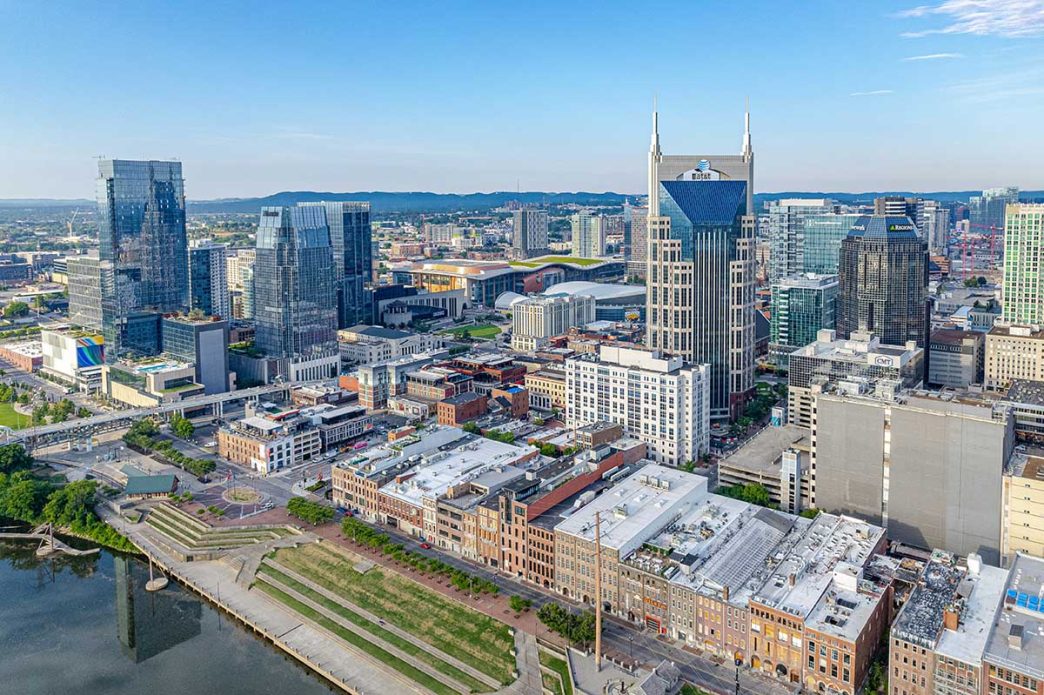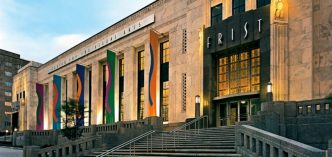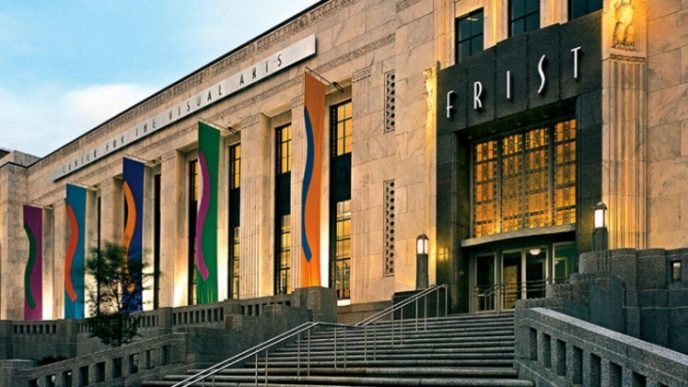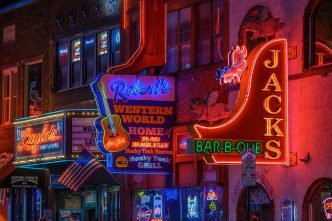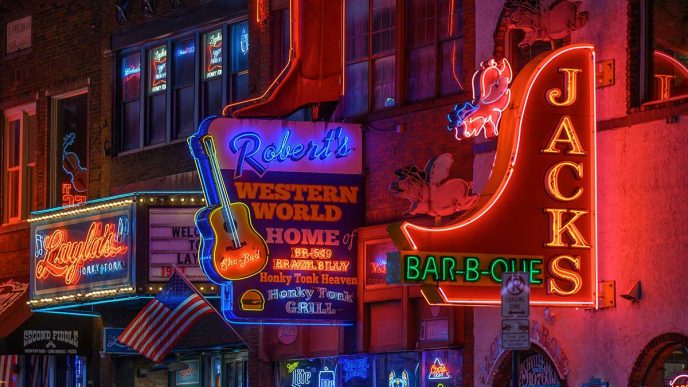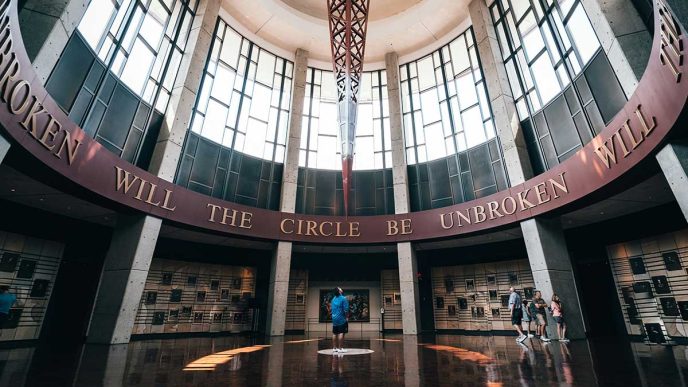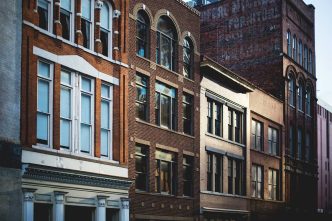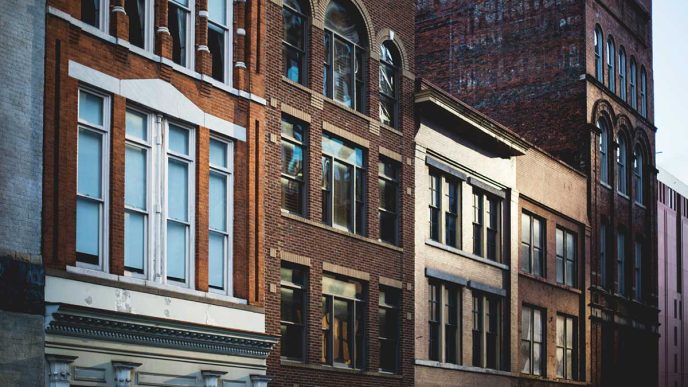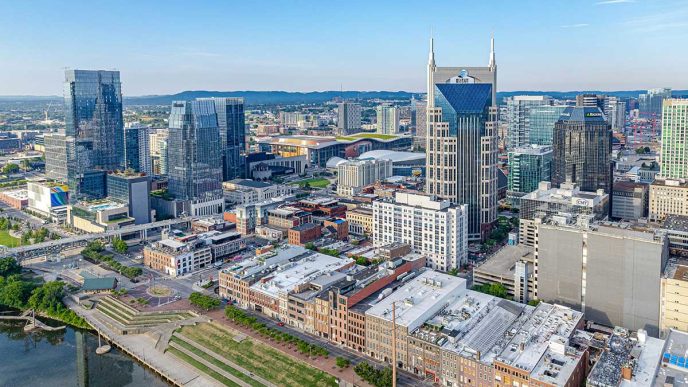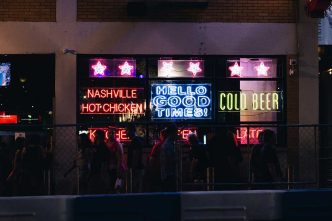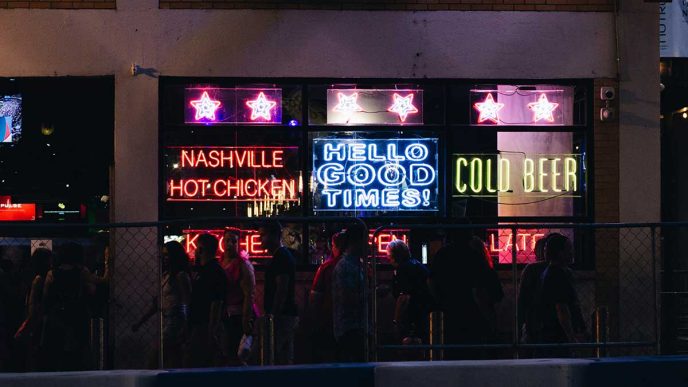The Green Between: Nashville’s Hidden Wilderness
Dawn breaks over Percy Warner Park as James Mitchell begins his daily ritual. The 67-year-old former music producer has walked these trails every morning for the past three decades, watching as Nashville transformed around the park’s ancient hardwoods. “I’ve seen coyotes, deer, even a bobcat once,” he says, pausing at the limestone steps that cascade down the hillside like a natural amphitheater. “But mostly, I’ve watched the city creep closer.”
The steps, built by the Works Progress Administration during the Great Depression, have become both a testament to persistence and a metaphor for Nashville’s relationship with its green spaces. Each morning, runners pound up and down the 198 steps, their breathing heavy in the humid Tennessee air. Young professionals in moisture-wicking gear share the space with elderly couples taking their time, all seeking something that downtown’s neon-lit streets can’t provide.
“People think they know Nashville,” Mitchell says, gesturing toward the horizon where cranes punctuate the skyline. “They think of Broadway, of music row, of hot chicken joints. But this—” he sweeps his arm across the expanse of Percy Warner’s 2,684 acres, “this is Nashville’s soul.”
The Last Wild Places
Ten miles east, along the Cumberland River, Angela Thompson steers her kayak through the early morning mist at Shelby Bottoms Greenway. A wildlife biologist with Metro Parks, Thompson has spent the past eight years documenting the surprising diversity of life that exists within the city limits. “People are shocked when I tell them we have river otters right here in Nashville,” she says, pointing to telltale ripples in the water. “This isn’t just a park system—it’s a living, breathing ecosystem.”
The Shelby Bottoms Greenway stretches 5.8 miles along the Cumberland, a ribbon of wilderness cutting through the urban fabric. On this morning, great blue herons stalk the shallows, and Thompson identifies five different warbler species just by their songs. But the real story, she explains, isn’t just about wildlife—it’s about access to nature in a rapidly growing city.
“Last week, I met a family who had never seen a fox before,” Thompson recalls, steering her kayak toward a quiet cove. “Their kids were wide-eyed, absolutely transfixed. That’s what these spaces do—they make the wild accessible to everyone, regardless of their zip code.”
The Heart of the City
At Centennial Park, as the summer sun climbs higher, the morning crowd begins to shift. Jorge Ramirez, who emigrated from Venezuela five years ago, sets up his coffee cart near the Parthenon, Nashville’s full-scale replica of the ancient Greek temple. “When I first came to Nashville, this park reminded me of the plazas back home,” he says, carefully preparing cold brew for a line of waiting customers. “It’s where the city comes together.”
He’s right. By midday, the 132-acre park has transformed into a microcosm of Nashville itself. A group of musicians rehearses under a maple tree, their bluegrass melodies mixing with the sounds of children splashing in the spray park. Two elderly men play chess at a concrete table, while a yoga class flows through sun salutations on the lawn. Behind them, the Parthenon stands as an incongruous backdrop, a piece of ancient Greece transplanted to the American South.
“Sometimes I look up at that building,” Ramirez says, nodding toward the Parthenon, “and I think about how crazy it is that we built this here. But then I watch how people use this park, how it brings everyone together, and it makes a kind of sense.”
The Growing Edge
The story of Nashville’s parks is also a story of growth and change. At the eastern edge of the city, where the Cumberland River bends north, construction equipment reshapes the landscape. This is the future site of Oracle Park, part of the tech giant’s $1.2 billion investment in Nashville. The project promises to add another jewel to the city’s crown of green spaces, but it also raises questions about development and access.
Sarah Chen, an urban planner with Metro Parks, walks the site in steel-toed boots, pointing out where paths will connect to existing greenways. “The challenge,” she explains, “is maintaining the wild character of these spaces while making them accessible to a growing population. We’re not just building parks—we’re building Nashville’s future.”
The Night Watch
As evening falls back at Percy Warner Park, James Mitchell completes his second walk of the day. The limestone steps that were crowded with runners that morning are quiet now. Fireflies begin to emerge, their lights dotting the darkness like earthbound stars.
“People ask me why I come here twice a day, every day,” Mitchell says, his voice soft in the gathering dusk. “I tell them it’s because this place reminds me of what Nashville really is—not just music and parties and growth, but also quiet moments and wild places.”
He pauses at the top of the steps, looking out over the darkening city. The downtown lights are coming on, creating a golden glow on the horizon. But here, under the canopy of old-growth trees, the darkness is gentle and complete.
“These parks,” Mitchell says, “they’re like the breathing spaces between the city’s heartbeats. Without them, Nashville would just be another concrete jungle. With them, it’s something else entirely—a city that remembers its wild heart.”
